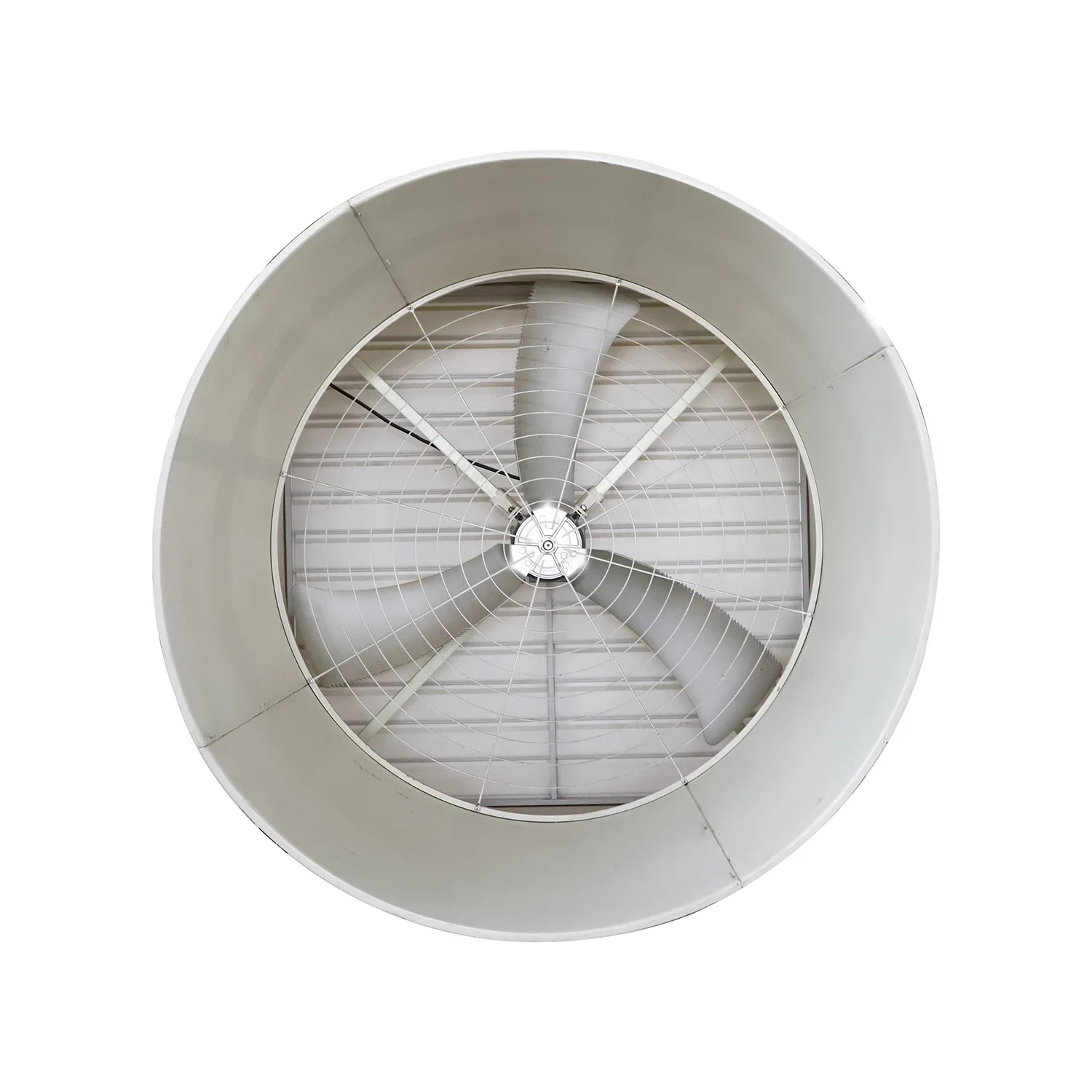cages for layer poultry
Nov . 13, 2024 22:05 Back to list
cages for layer poultry
Choosing the Right Cages for Layer Poultry Enhancing Welfare and Productivity
Layer poultry farming is a critical component of the global agricultural industry, providing a significant source of protein through eggs. The design and management of housing systems are vital for the health, welfare, and productivity of laying hens. One of the primary considerations in layer poultry farming is the selection of appropriate cages. This article explores the various types of cages available for layer poultry, their benefits and drawbacks, and best practices for ensuring the welfare of hens while maximizing egg production.
Types of Layer Poultry Cages
Layer poultry cages can be broadly classified into three categories conventional cages, enriched cages, and free-range systems. Each type has distinct characteristics that impact both hen welfare and egg quality.
1. Conventional Cages These are the traditional battery cages that hold multiple birds in a confined space. While they are space-efficient and have been widely used due to their low initial costs and ease of management, they often come under scrutiny for animal welfare concerns. Birds in conventional cages have limited movement, which can lead to physical and psychological stress.
2. Enriched Cages To address the welfare criticisms of conventional systems, enriched cages have been developed. These cages provide more space per bird, along with amenities like nesting boxes, perches, and scratching areas. Enriched cages allow hens to express some natural behaviors, leading to improved welfare outcomes while still offering many of the management benefits of conventional systems.
3. Free-Range Systems While not cages in the traditional sense, free-range systems allow hens access to outdoor spaces. This system supports the natural behaviors of hens, such as foraging and dust bathing, which can significantly enhance animal welfare. However, free-range systems require more management effort and can pose challenges related to biosecurity and predation.
Benefits of Proper Cage Systems
Implementing the right cage system is crucial in promoting optimal welfare for layer hens and enhancing egg production. Enriched cages, for example, have been shown to effectively reduce behavioral issues associated with confinement, such as feather pecking and aggression. This leads to healthier birds and higher quality eggs.
cages for layer poultry

Moreover, properly designed cages can facilitate better airflow and sanitation, reducing the risk of respiratory diseases and infections. They also promote a safer working environment for farmers by minimizing the risk of injuries during egg collection and management. Higher welfare standards often correlate with better egg quality, resulting in higher market value and consumer demand.
Challenges and Considerations
Despite the advantages of enriched and free-range systems, there are challenges that farmers must navigate. Higher costs of enriched and free-range systems, both in terms of initial investment and ongoing management, can deter some producers. Additionally, transitioning from conventional systems to more welfare-friendly options requires careful planning and education.
Another key consideration is the regulatory landscape. Increasingly, consumers and governments are advocating for higher welfare standards in poultry farming. Farmers must stay informed about these regulations to ensure compliance and maintain market access.
Best Practices for Layer Poultry Management
To maximize the benefits of any cage system, poultry farmers should implement best practices in management including
- Regular Health Checks Routine veterinary check-ups can help detect and address health issues early. - Environmental Enrichment Providing birds with stimulating environments can reduce stress and promote natural behaviors. - Proper Nutrition A balanced diet tailored to the needs of laying hens is critical for their health and egg production. - Cleanliness Maintaining a clean living environment is vital to prevent disease outbreaks.
Conclusion
The choice of cages for layer poultry is a crucial element that directly influences the welfare of the birds and the productivity of the farm. While conventional cages still exist, the shift towards enriched cages and free-range systems reflects a growing commitment to animal welfare and sustainable practices. By carefully considering the needs of the hens and adopting best practices in management, poultry farmers can ensure a successful operation that balances productivity with ethical considerations. As consumer preferences evolve, so too must the strategies employed in layer poultry production, making it imperative for farmers to remain adaptive and informed in this dynamic environment.
-
Hot Sale 24 & 18 Door Rabbit Cages - Premium Breeding Solutions
NewsJul.25,2025
-
Automatic Feeding Line System Pan Feeder Nipple Drinker - Anping County Yize Metal Products Co., Ltd.
NewsJul.21,2025
-
Automatic Feeding Line System Pan Feeder Nipple Drinker - Anping County Yize Metal Products Co., Ltd.
NewsJul.21,2025
-
Automatic Feeding Line System - Anping Yize | Precision & Nipple
NewsJul.21,2025
-
Automatic Feeding Line System - Anping Yize | Precision & Nipple
NewsJul.21,2025
-
Automatic Feeding Line System-Anping County Yize Metal Products Co., Ltd.|Efficient Feed Distribution&Customized Animal Farming Solutions
NewsJul.21,2025






